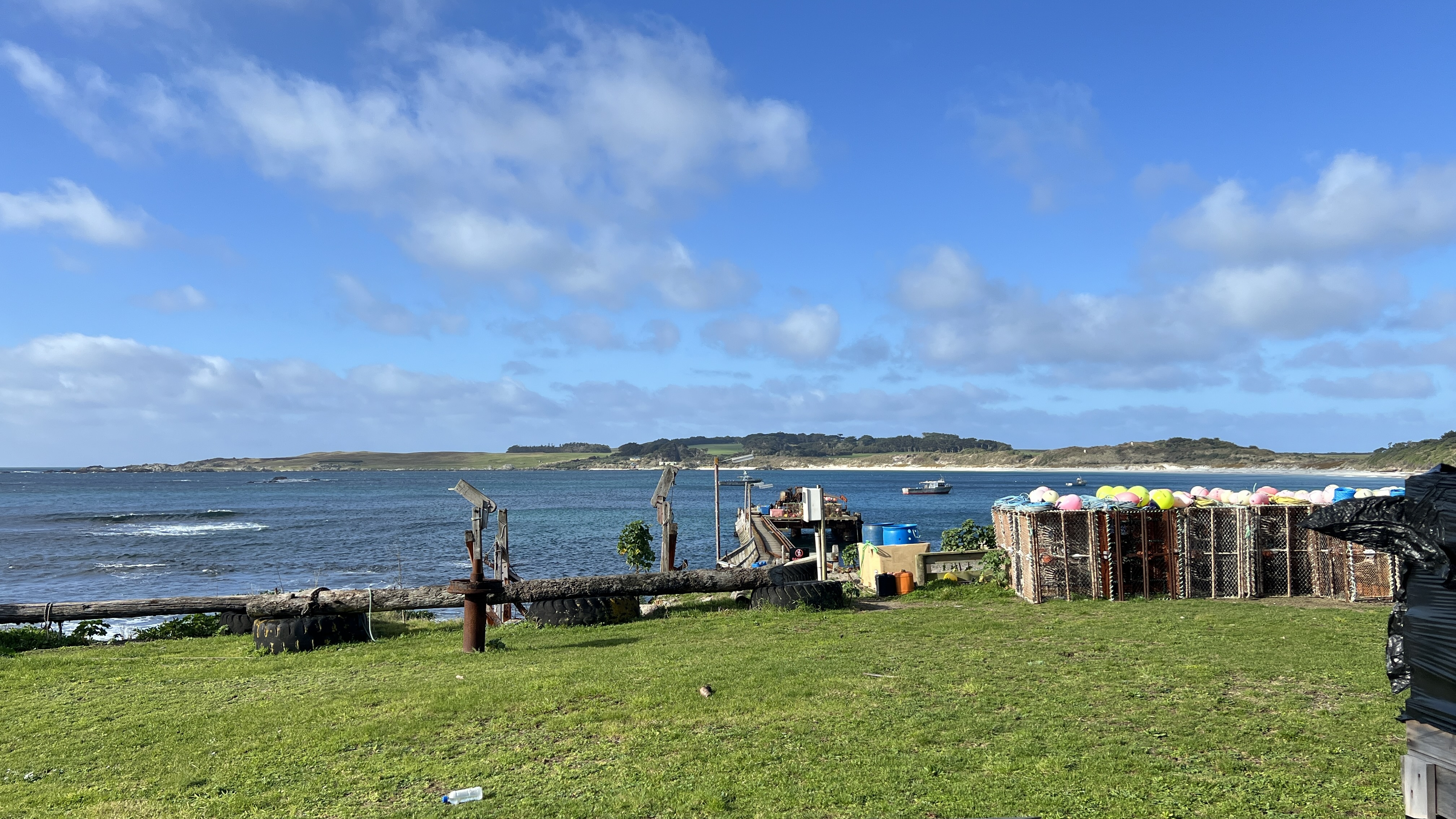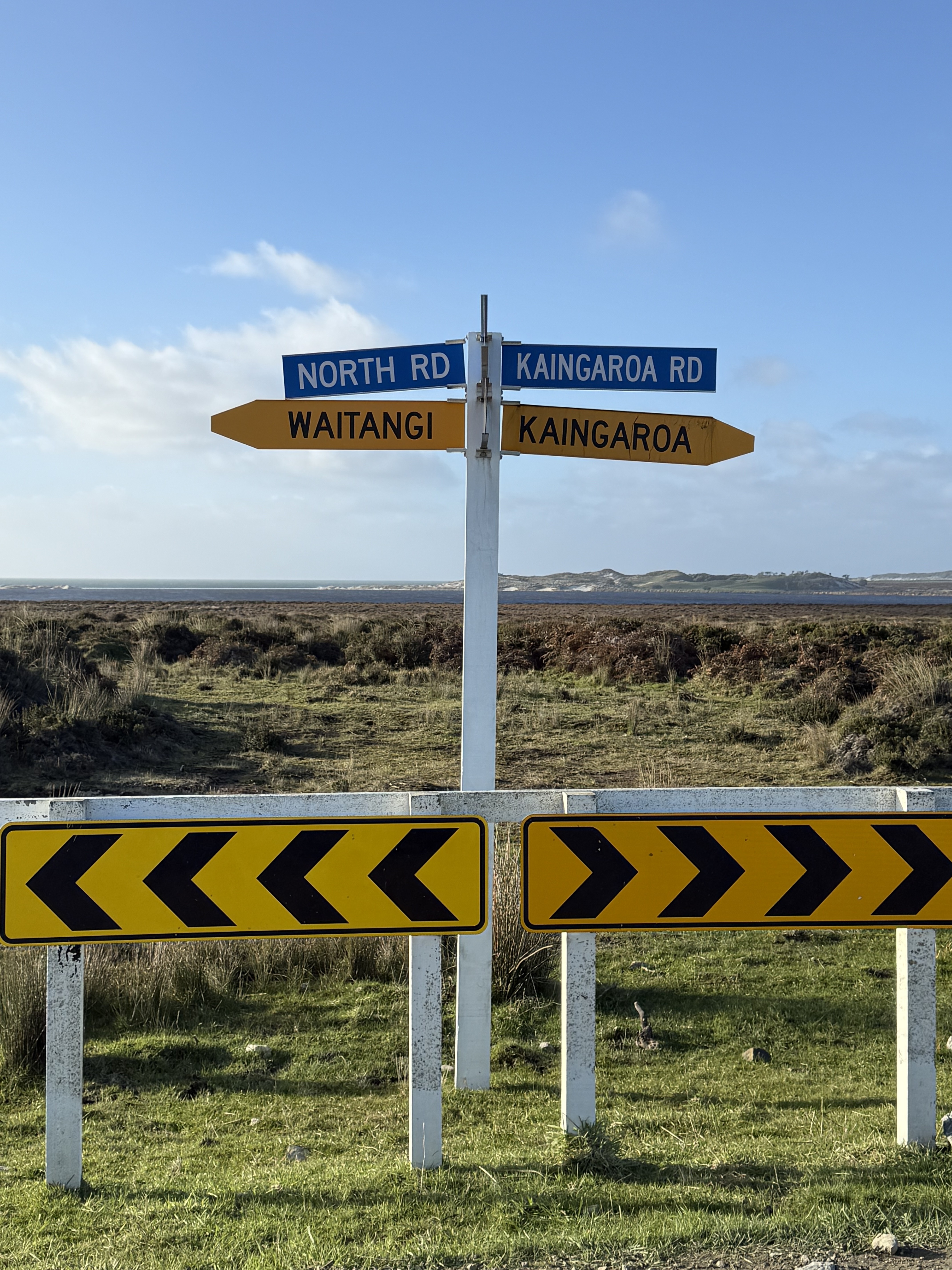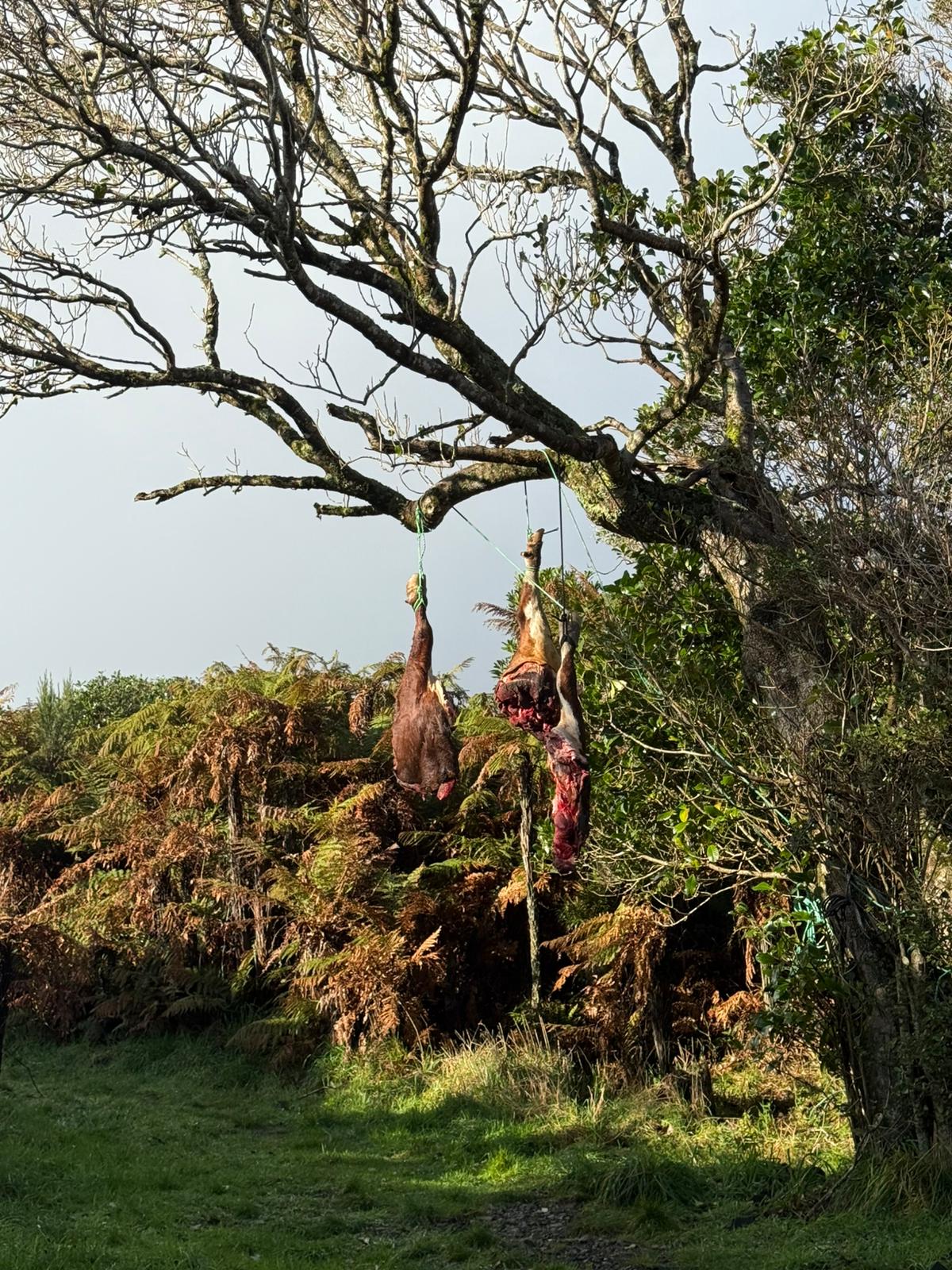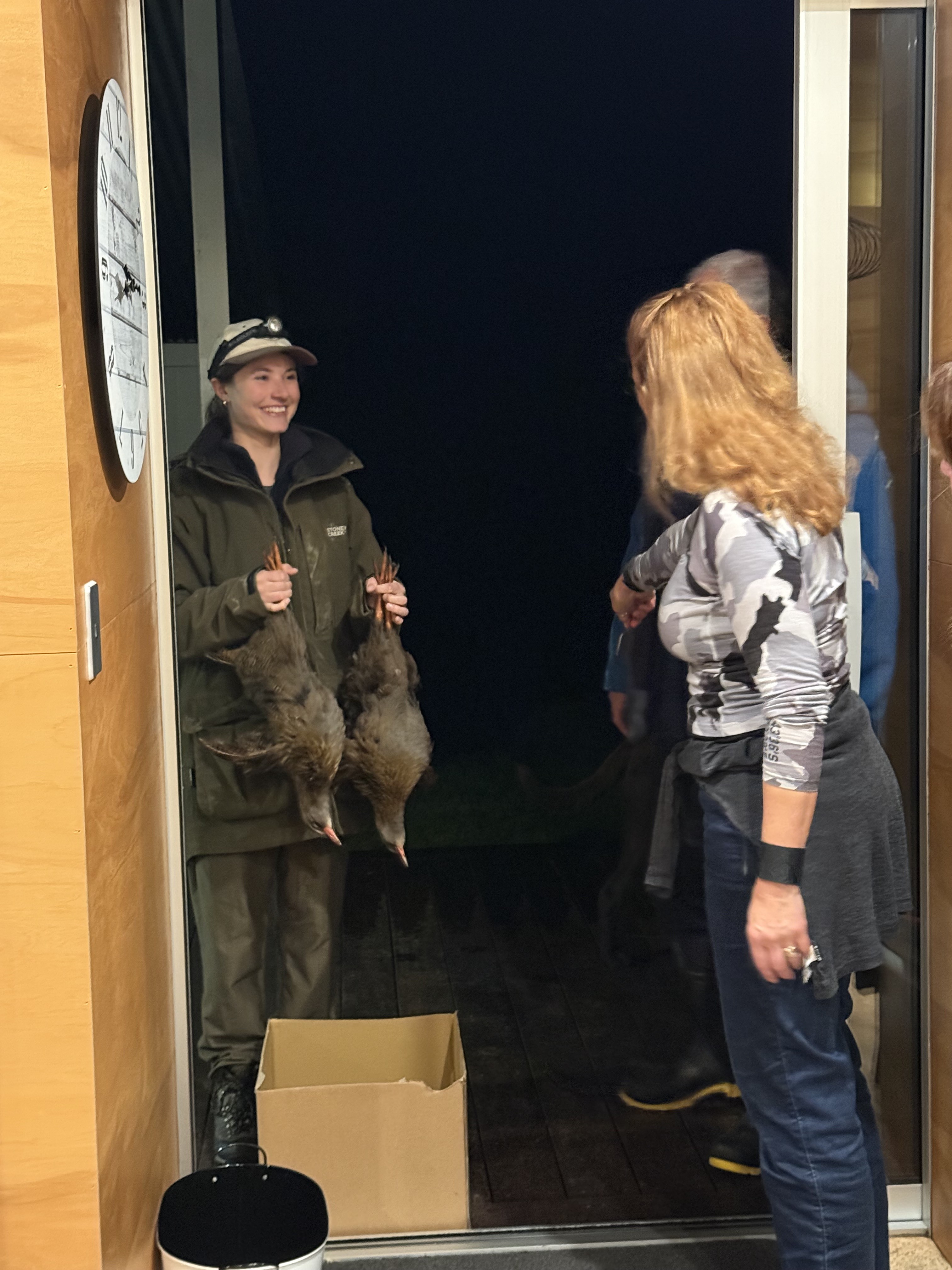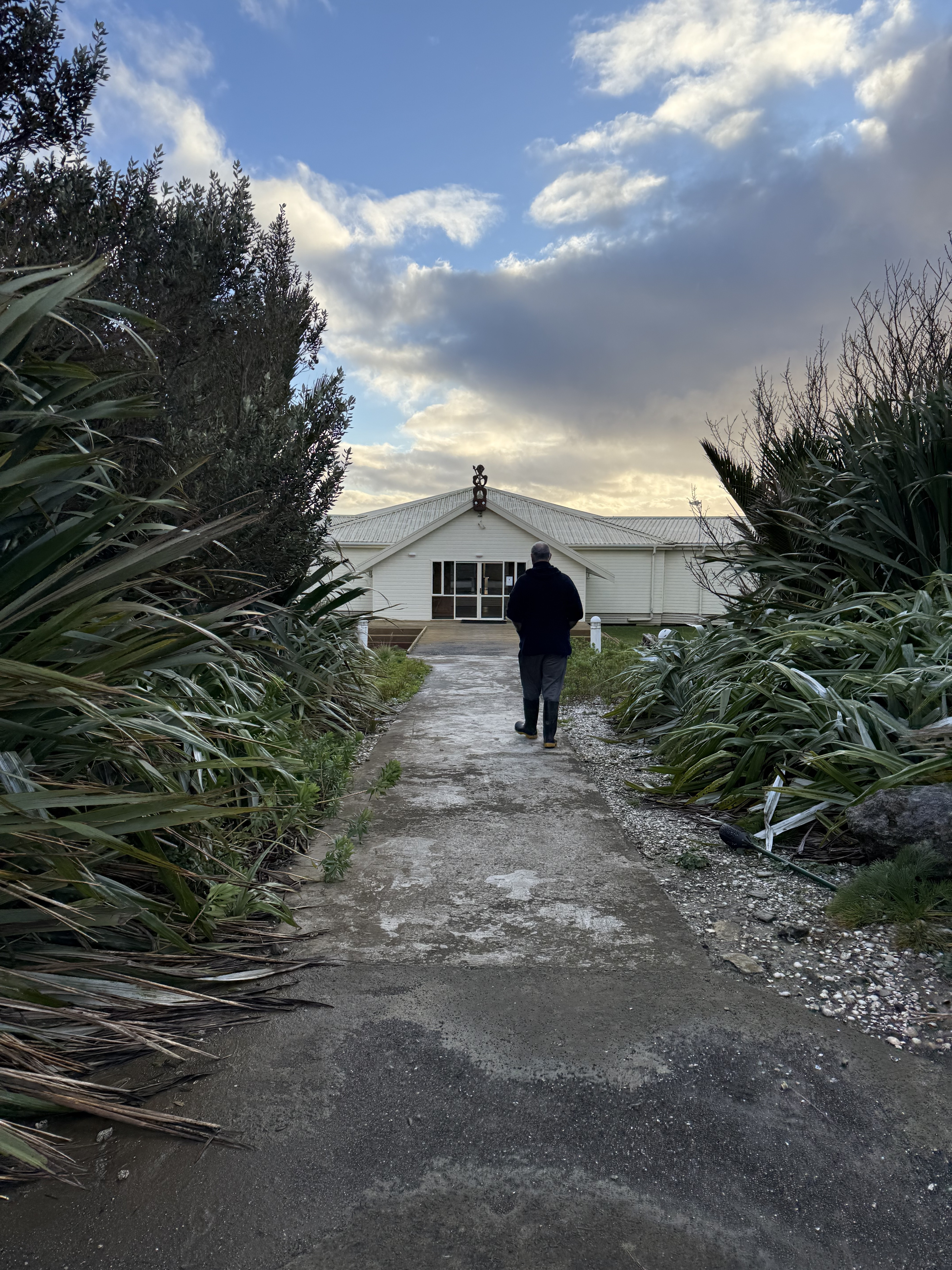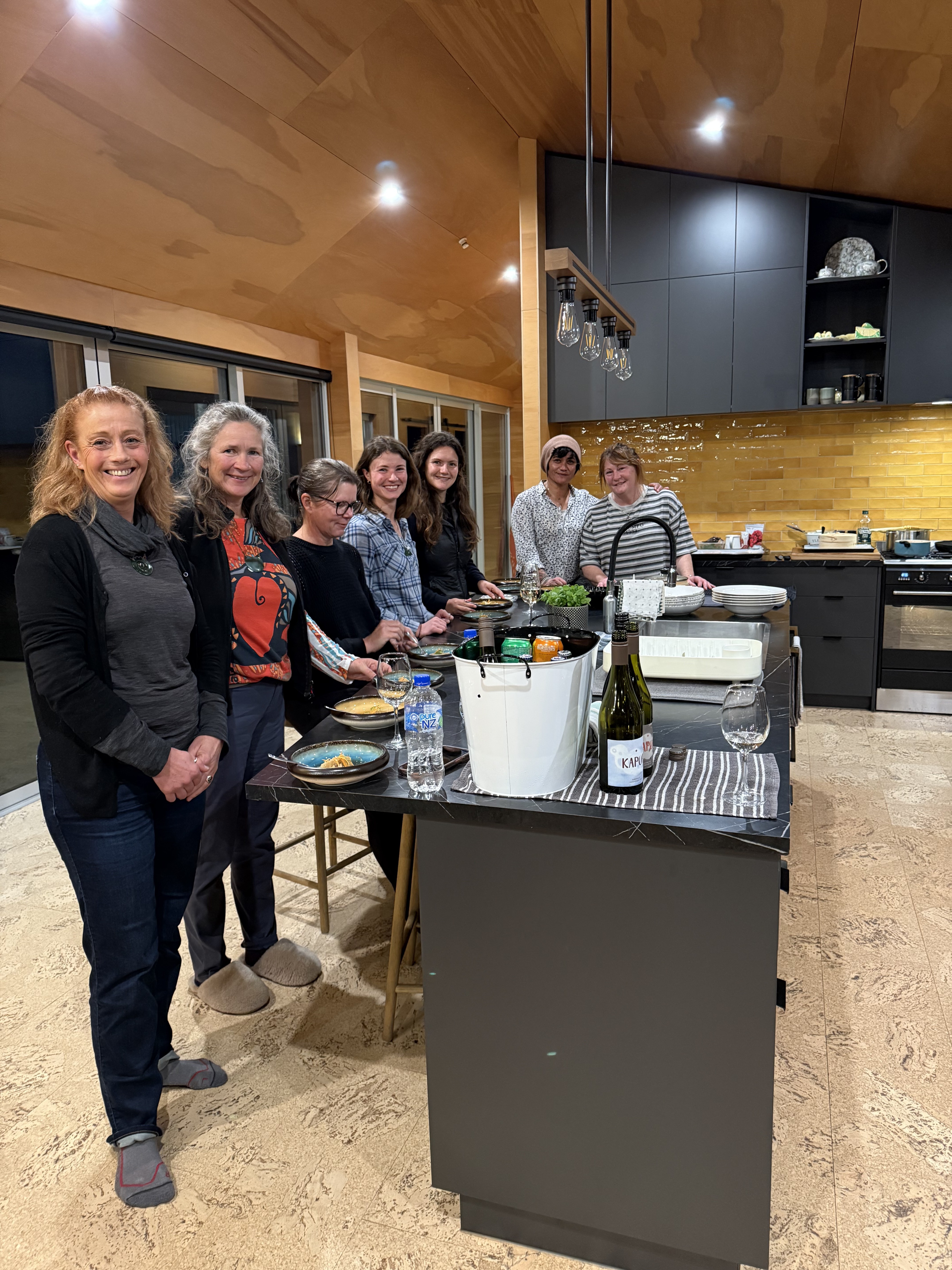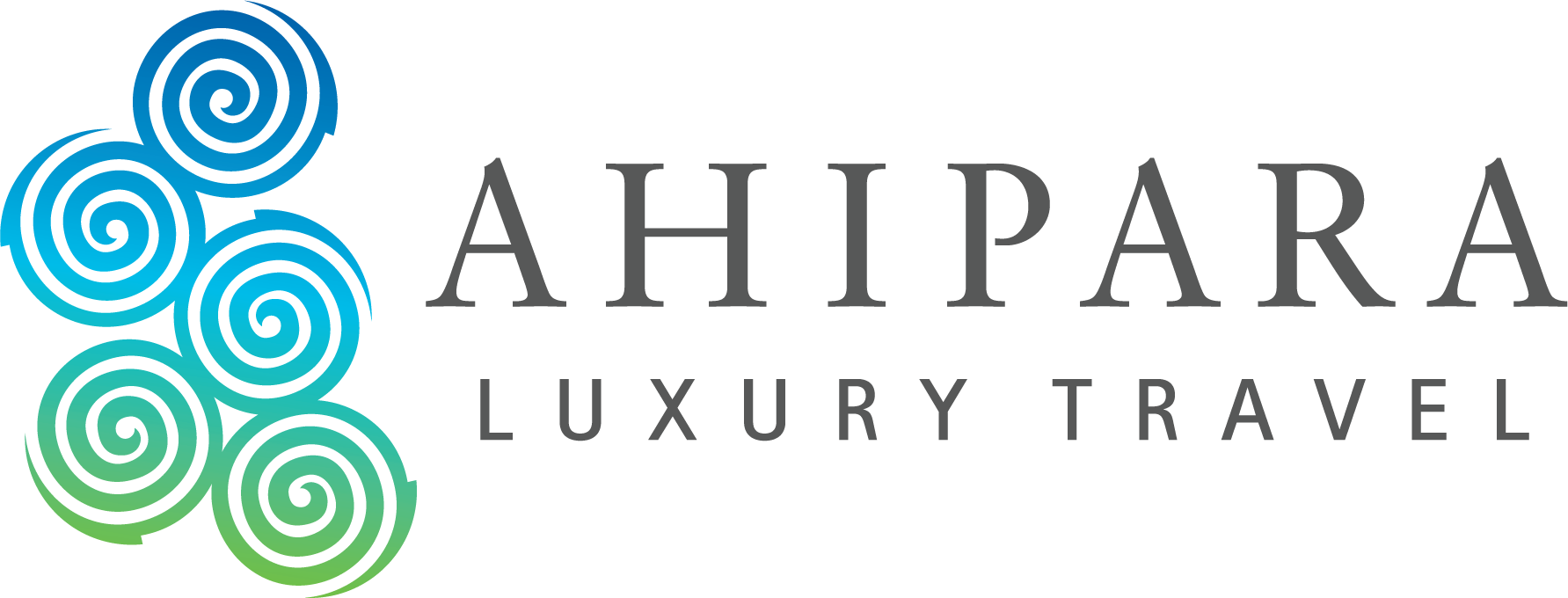Rēkohu, Chatham Island
A two-hour aeroplane ride east of mainland New Zealand, sits an isolated island with three names, 600 locals, and an incredible story.
(I apologise for the incorrect positioning of macrons/accents by our website software)
On a map, you should look for the Chatham Islands. First documented by European sailors in 1791, this is the most common name for the islands. The newest name is Wharekauri, coined by Ngāti Mutunga and Ngāti Tama invaders from New Zealand when they seized these lands in 1835. The oldest name is used by the Mori Ori people, who called the island home from around 1500. They call it Rēkohu.
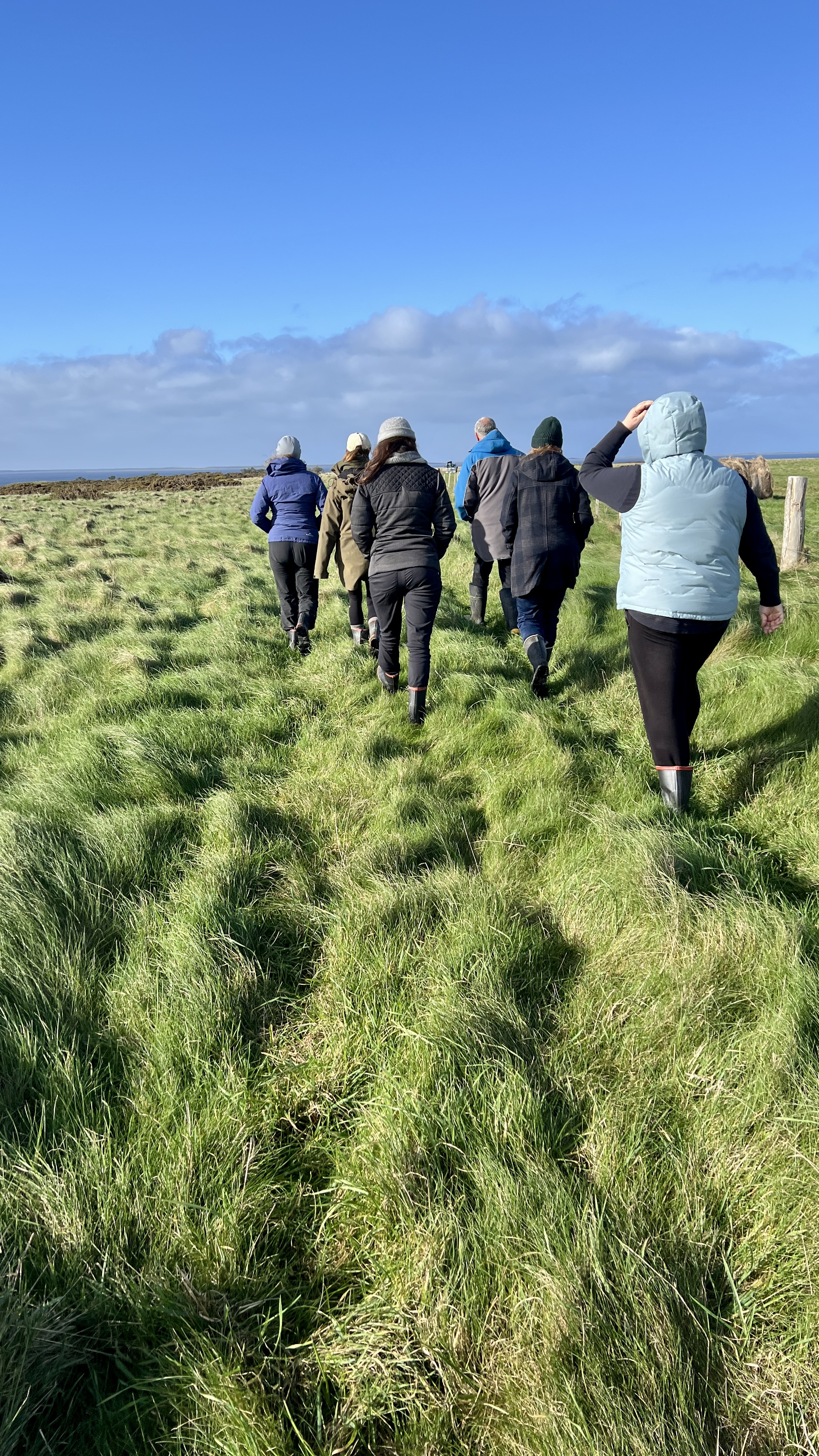
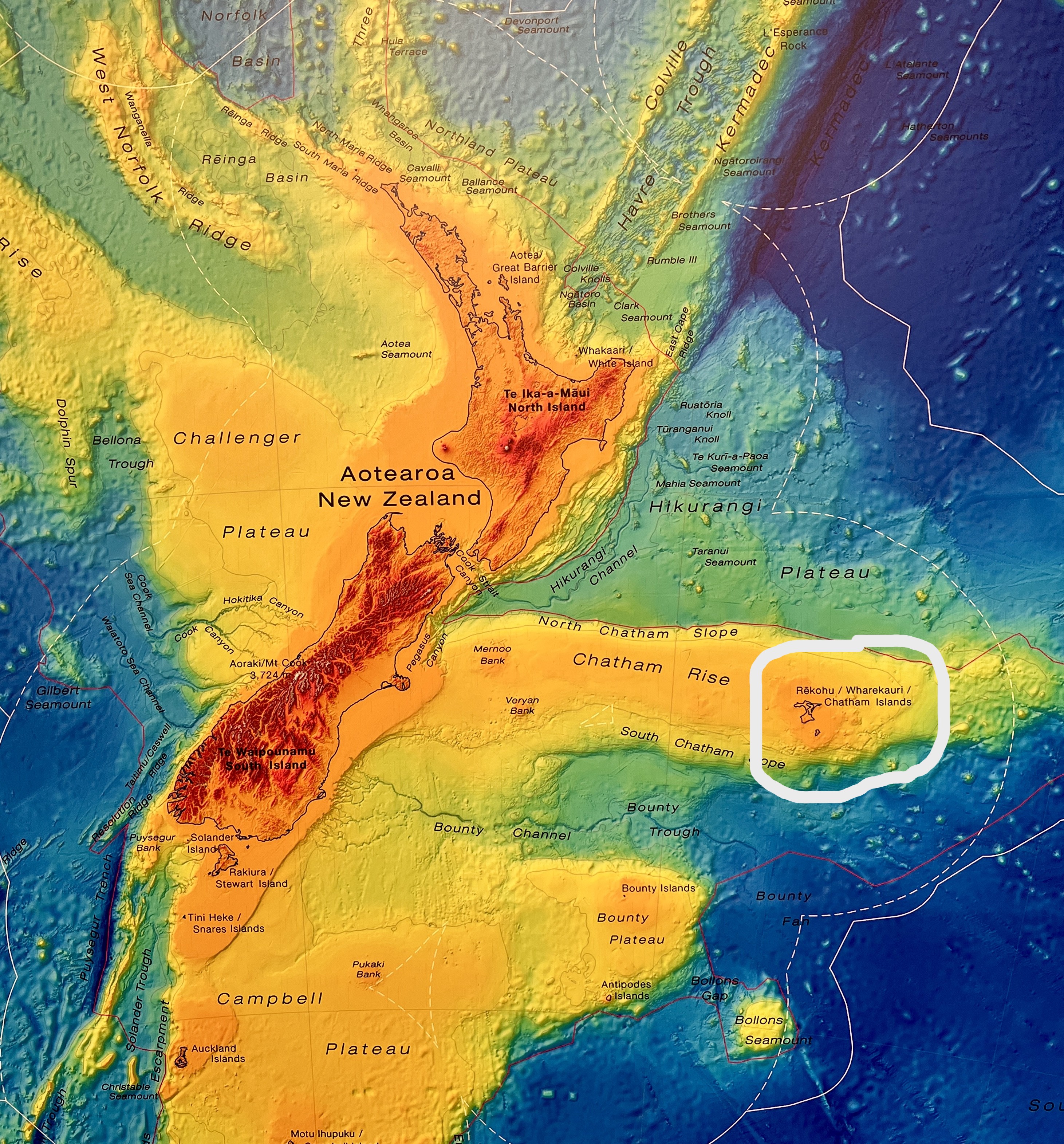
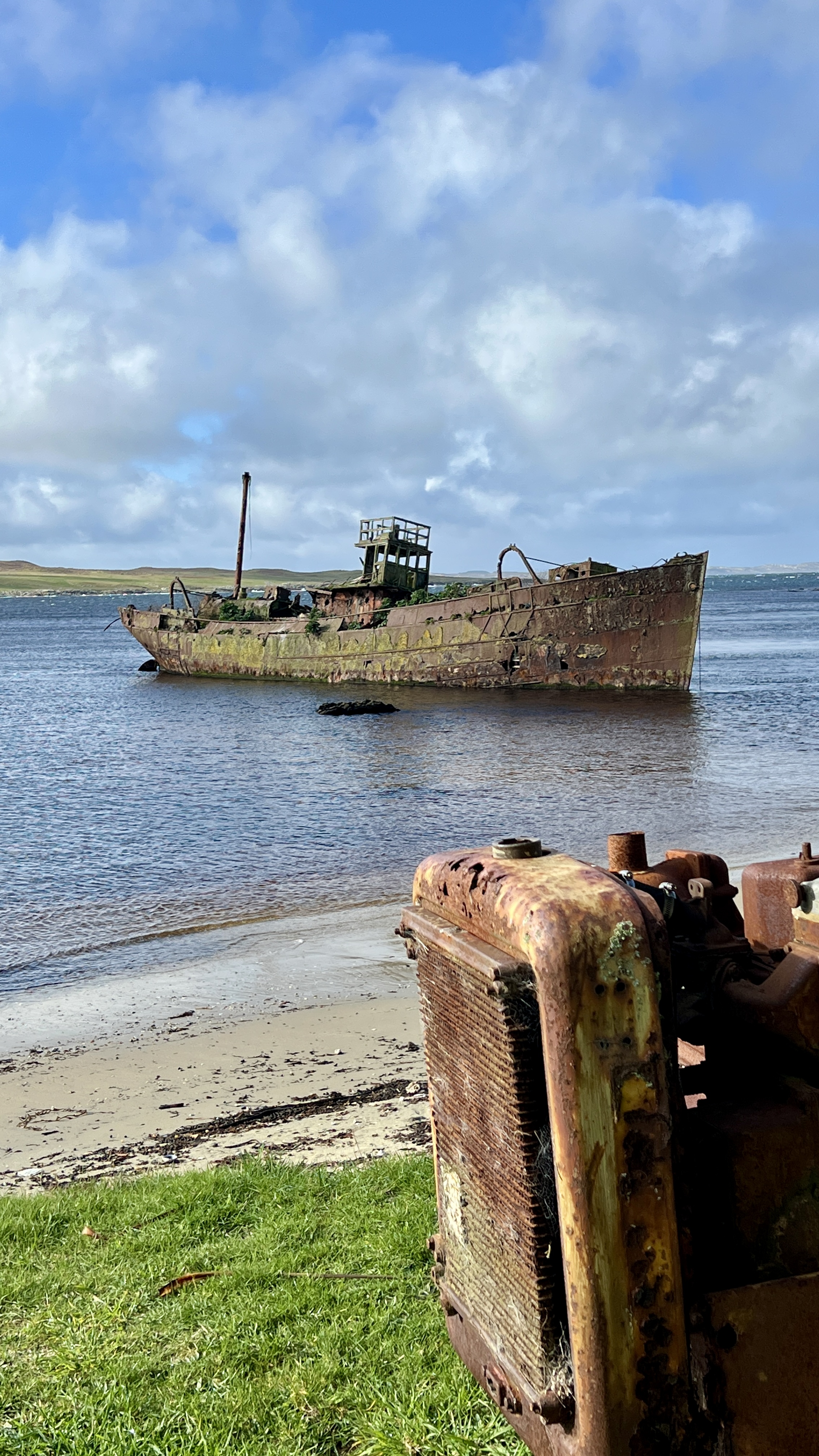
To understand this place, you really have to visit. Rēkohu is 920 km2 of farmland and scrub, with a shark infested coastline, a huge central lagoon, and a few freshwater lakes. Visually it is no more striking than mainland New Zealand, and the climate is certainly not a draw card (despite its position as a “Pacific Island”). But something about the island really sinks its hooks into a person, and for those who fall for the rugged not-quite-charm, there is nowhere quite like it.
The story of Rēkohu has always been about survival. From the Mori Ori, adopting strict oaths of peace to avoid spending precious resources on warfare, to the modern-day inhabitants, making their living from the sea and land, and being as self-sustaining as possible to avoid the expensive and long process of shipping food or resources from New Zealand. Amidst this, the most hard-hitting survival story is that of the Mori Ori people, rediscovering their culture post-genocide, and looking with pride upon the oath of peace which cost their ancestors so much. This story needs more honour than I could hope to give it here.
As for how to live like a local here: it’s really the only way to do it. Not only are the local stories a huge part of what makes Rēkohu special, - half of the sites of historic or geological interest are on private land, and you need to know who to call to get there.
The only way Ahipara recommends visiting Rēkohu is as a hosted experience. Our new friends Bridget and John Preece have a beautiful home, and together with Chef Kaai will ensure you are comfortable, well-fed, and connected. John was raised on the islands and proudly traces his lineage to Mori Ori, Māori, and European roots, and the couple’s network extends to pretty much every local on the island. If your stay is anything like ours, it will unfold organically, with each day’s activities determined by weather, conversation, the shearing schedule, or a chance meeting with a local fisherman.
Our days on the island were far too short, and included highlights such as a visit to the Mori Ori Marae, hunting for fossilised shark teeth, hiking to ancient tree carvings, foraging paua, eating Kaai’s delicious creations, and many, many spontaneous conversations.
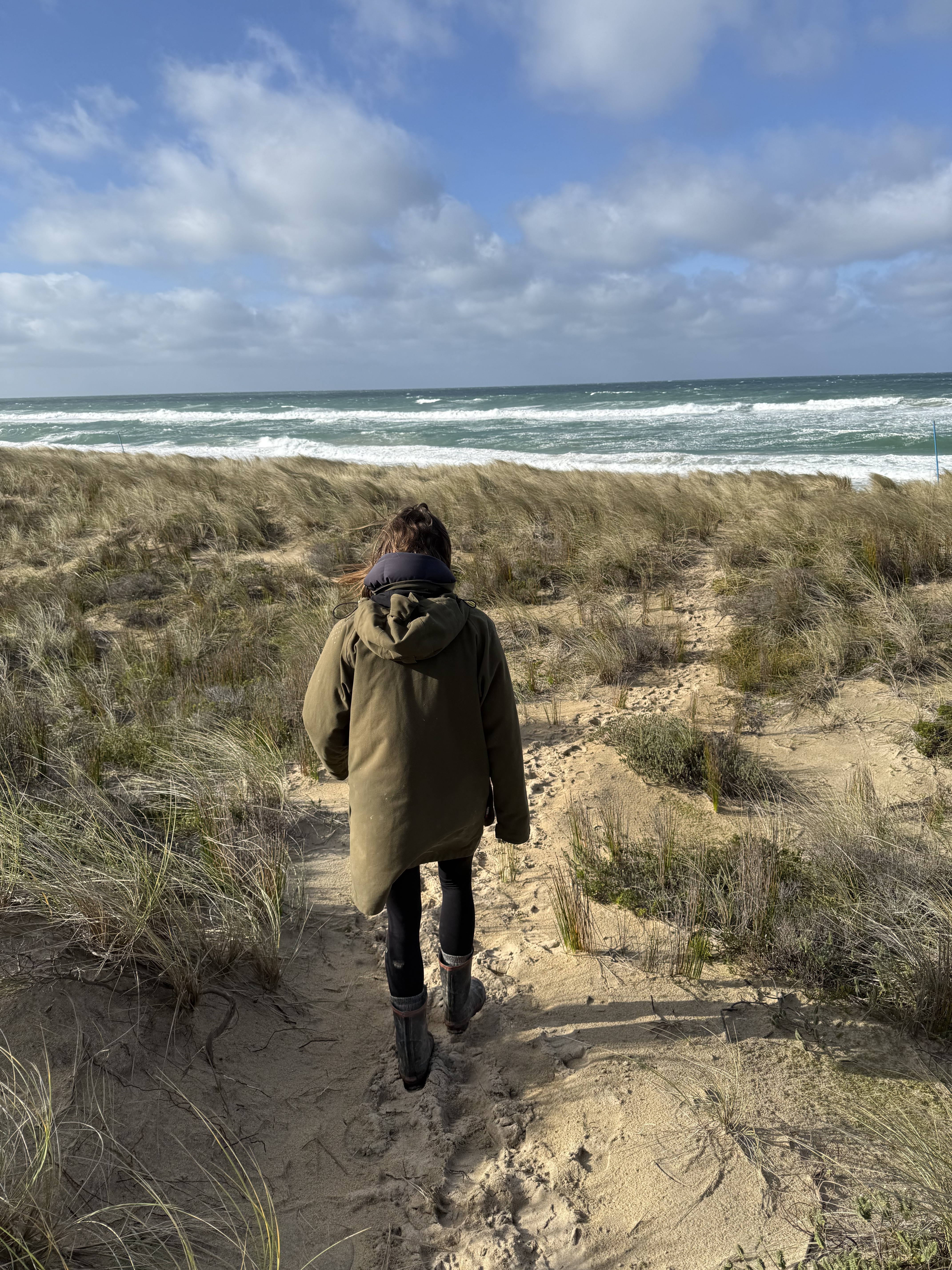
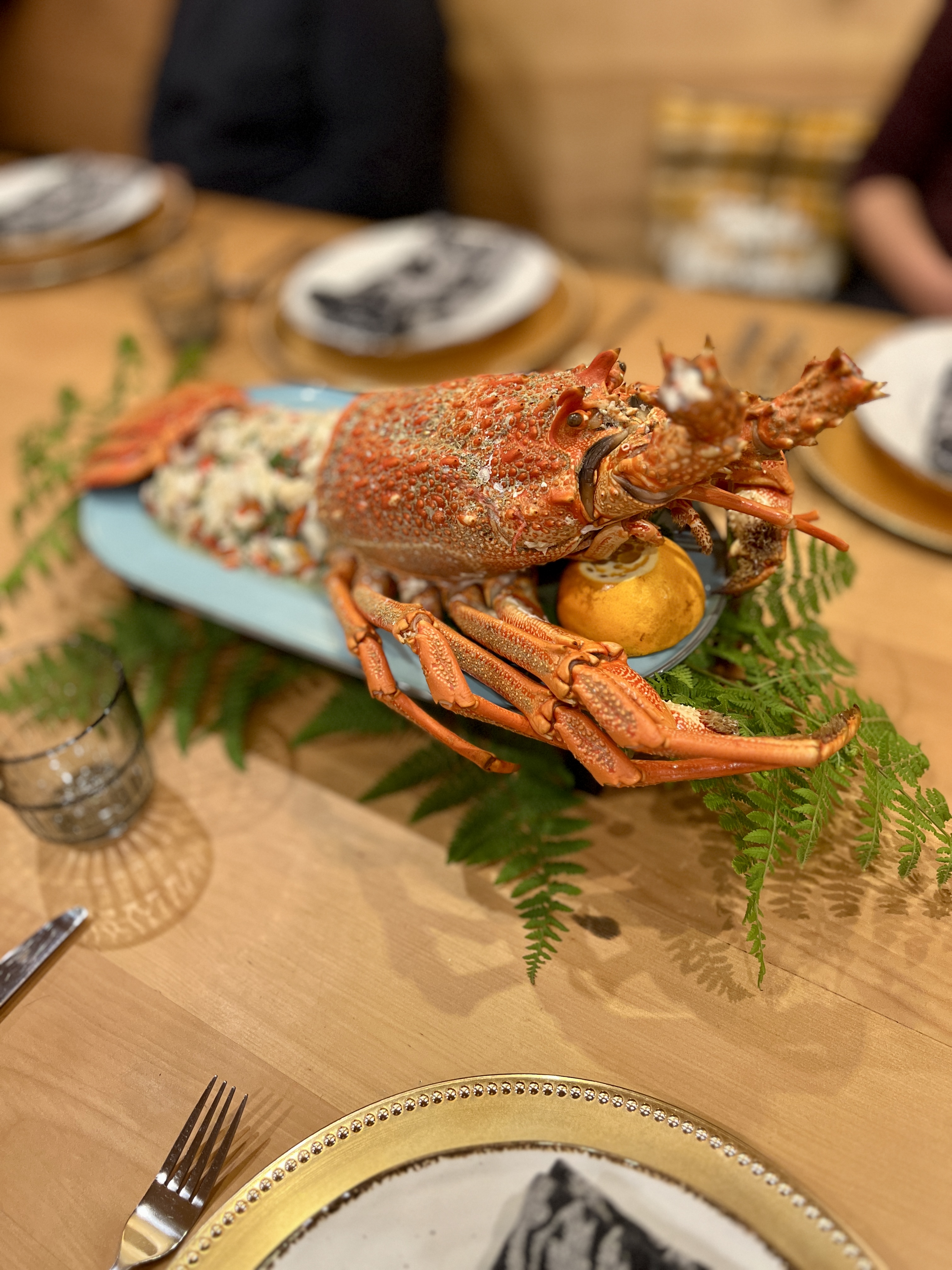
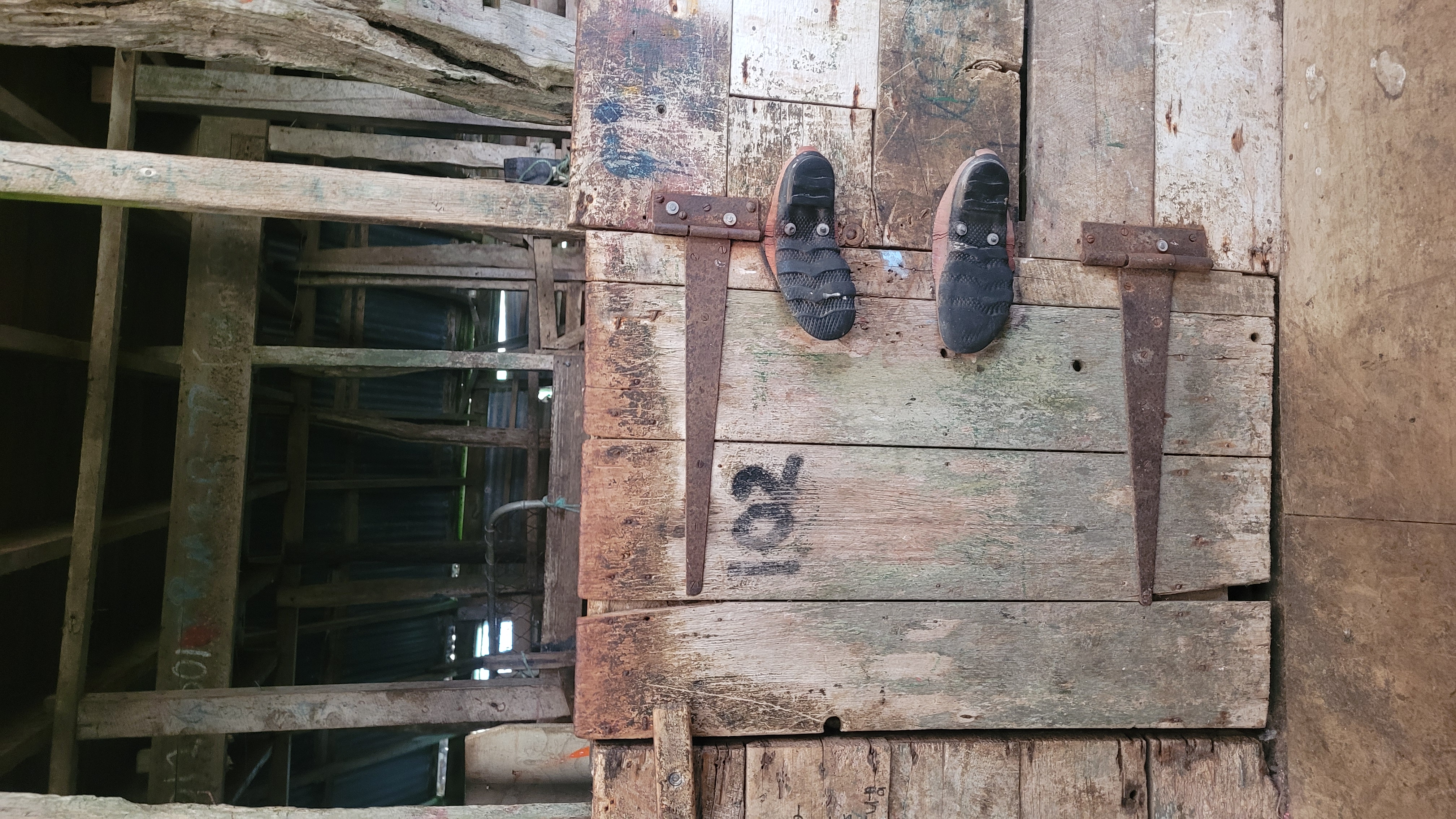
If you are looking for a holiday, run! This destination is not for you (this time). Muddy boots, dirt roads, harrowing stories, wind, and rain are almost guaranteed. Rēkohu, as we present it, is for those who want to step outside their comfort zone, and immerse themselves in a completely different lifestyle where past, present, and future all coexist, characterised by hardship, grit, simplicity, hope, and joy.
If this description has captured your imagination, get in touch with the team at [email protected] to discuss your next trip.
